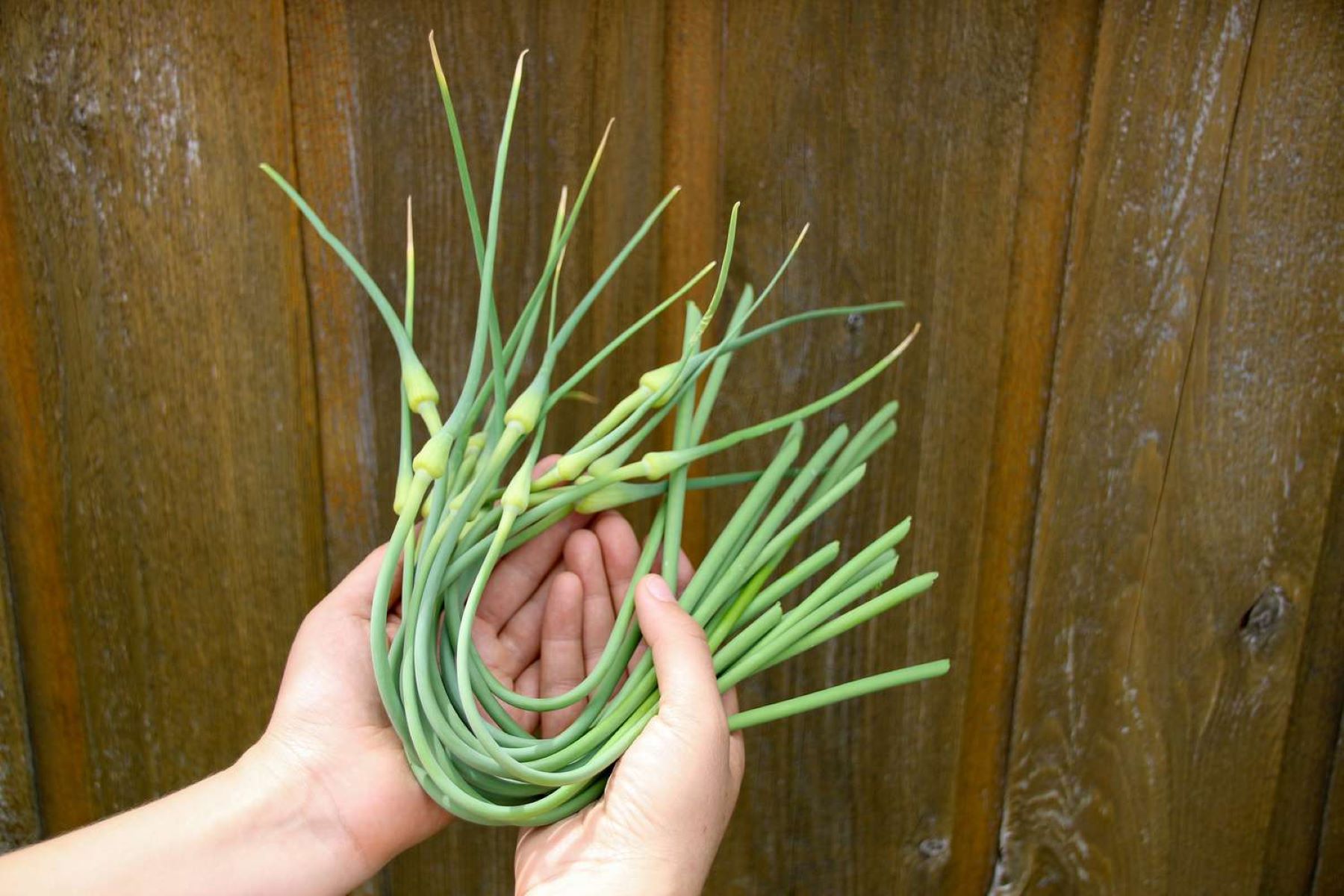

Articles
How To Store Scapes
Modified: January 6, 2024
Learn how to properly store scapes with our informative articles. Find tips, tricks, and techniques to keep your scapes fresh and flavorful.
(Many of the links in this article redirect to a specific reviewed product. Your purchase of these products through affiliate links helps to generate commission for Storables.com, at no extra cost. Learn more)
Introduction
Welcome to this guide on how to store scapes! Scapes are a delicious and versatile ingredient that add a unique flavor to various dishes. Whether you’re growing your own scapes or purchased them from a local market, knowing how to store them properly is essential to keep them fresh and flavorful for as long as possible.
Scapes are the flower stalks that emerge from the bulbs of certain plants, including garlic and onions. They have a long, curly shape and a vibrant green color. These stalks are highly prized for their mild, garlic-like flavor with a hint of sweetness, making them a favorite ingredient in many cuisines around the world.
So, why should you learn how to store scapes? Well, scapes have a relatively short shelf life, and improper storage can cause them to spoil quickly. By knowing the best methods for storing scapes, you can extend their freshness, allowing you to enjoy their delicious taste and culinary benefits for longer periods.
In this guide, we will walk you through the different approaches to storing scapes, whether at room temperature, in the refrigerator, or in the freezer. Each method offers its own advantages and considerations, and we will provide you with essential tips to ensure that your scapes stay fresh and flavorful no matter which option you choose.
Now, let’s dive into the details of how to prepare scapes for storage and explore the different methods to keep them fresh for all your cooking needs.
Key Takeaways:
- Properly storing scapes extends their freshness, reduces food waste, and provides a convenient, cost-effective, and versatile ingredient for culinary creativity. Whether at room temperature, in the refrigerator, or in the freezer, enjoy the benefits of well-stored scapes year-round.
- Preparing scapes for storage involves careful trimming, bundling, and optional blanching for freezing. Remember to handle scapes gently, store them separately from other produce, and label and date them for easy tracking. With these tips, you can savor the delightful taste of scapes in your dishes whenever inspiration strikes.
Read more: How To Store Garlic Scapes
What are Scapes?
Scapes are the long, tubular flower stalks that emerge from certain types of plants. They are commonly found on plants such as garlic, onions, and other alliums. These stalks grow from the bulbs or underground stems of these plants and typically have a vibrant green color and a curled structure. Scapes are harvested before the flowers blossom.
One of the most well-known types of scapes are garlic scapes. These are the curly stalks that grow from the garlic bulb and eventually produce flowers if left unharvested. Garlic scapes have a mild and slightly garlicky flavor with a hint of sweetness. They are often described as a cross between garlic and green onions.
Aside from garlic scapes, there are also scapes that come from other allium plants, such as leeks, shallots, and chives. While the flavor profiles may differ slightly depending on the plant, scapes generally boast a delicate and aromatic taste that adds a unique twist to dishes.
Scapes are highly versatile in the kitchen and can be used in a variety of recipes. They can be used raw in salads or slaws for a fresh and crisp texture, or cooked in stir-fries, soups, pastas, and more. Their milder flavor compared to the bulbs makes them a great choice for those who prefer a subtler garlic taste.
Not only are scapes delicious, but they also pack a nutritional punch. They are a good source of vitamins A and C, as well as various minerals like potassium and manganese. Scapes are also low in calories and fat, making them a healthy addition to your meals.
Now that you have a better understanding of what scapes are, let’s explore the reasons why storing them properly is crucial to maintain their flavor and freshness.
Why Store Scapes?
Storing scapes properly is essential to preserve their taste, texture, and freshness. Here are a few reasons why storing scapes correctly is crucial:
1. Extended Freshness: Scapes have a relatively short shelf life. By storing them properly, you can extend their freshness and enjoy their delicious flavor for a longer period. Improper storage can cause scapes to spoil quickly and lose their desirable qualities.
2. Versatile Ingredient: Scapes are a versatile ingredient that can be used in various dishes. By properly storing scapes, you can have a readily available ingredient to enhance the flavor of your meals whenever needed. It allows you to incorporate scapes into your cooking without worrying about them going bad.
3. Cost-effective: If you grow your own scapes or purchase them in bulk when they are in season, properly storing them can be a cost-effective solution. It allows you to take advantage of lower prices and enjoy scapes throughout the year, even when they are not in season.
4. Reduce Food Waste: By storing scapes properly, you minimize the chances of them going to waste. Spoiled scapes not only lead to unnecessary food waste but also result in unnecessary expenses. Storing scapes correctly ensures that you make the most of your purchase and reduce unnecessary waste.
5. Convenience: Having a stash of stored scapes means you have a convenient ingredient readily available whenever you need it. Instead of running to the store every time you want to use scapes, you can simply retrieve them from your stored supply, saving both time and effort.
6. Culinary Creativity: When you have properly stored scapes on hand, you can explore a wide range of culinary possibilities. Experiment with new recipes, culinary techniques, and flavor combinations, knowing that you have a fresh and flavorful ingredient to work with.
By understanding the importance of storing scapes properly and the benefits it brings, you can ensure that you always have high-quality scapes at your disposal for delicious and enjoyable meals. In the following sections, we will delve into the different methods of storing scapes to help you keep them fresh and flavorful for as long as possible.
Preparing Scapes for Storage
Before you can store scapes, it’s important to properly prepare them to ensure optimal freshness. Follow these steps to prepare scapes for storage:
1. Harvest or Purchase Fresh Scapes: Whether you grow scapes in your garden or purchase them from a local market, make sure to choose scapes that are fresh and free from any signs of damage or decay. Look for scapes that are vibrant green, firm, and still tightly curled.
2. Trim the Ends: Start by trimming off the tough and woody ends of the scapes. Using a sharp knife, remove about 1-2 inches from the bottom of each scape. This will help enhance the overall texture and remove any damaged portions that may deteriorate during storage.
3. Remove Any Flower Buds: If your scapes have started to develop flower buds, which are characterized by small bulges near the top, it’s recommended to remove them. The flower buds can drain the scape of its nutrients and cause it to become tough and less flavorful.
4. Rinse and Pat Dry: Give the scapes a gentle rinse under cool running water to remove any dirt or debris. After rinsing, pat the scapes dry with a clean kitchen towel or paper towel. Ensuring that the scapes are dry before storage helps prevent moisture-related issues such as mold or rot.
5. Bundle the Scapes: Once the scapes are dry, gather them into small bundles. Tie the bundles together loosely using a kitchen twine or a rubber band. This will help keep the scapes organized and prevent them from unraveling or getting tangled during storage.
6. Optional: Blanching (for Freezing): If you plan to freeze scapes for long-term storage, blanching them can help retain their color, texture, and flavor. Bring a pot of water to a boil and blanch the scapes for about 2 minutes. Transfer them to an ice bath to cool quickly, then pat them dry before freezing.
By following these steps, you’ll have properly prepared scapes that are ready for storage. In the next sections, we will discuss the different methods for storing scapes at room temperature, in the refrigerator, and in the freezer, ensuring that you can enjoy fresh scapes whenever you need them.
Storing Scapes at Room Temperature
Storing scapes at room temperature is a suitable option if you plan to use them within a few days. Here’s how you can store scapes at room temperature:
1. Find a Cool and Dry Spot: Choose a cool and dry area in your kitchen or pantry to store the scapes. Avoid areas that are exposed to direct sunlight or near any sources of heat, as this can cause the scapes to deteriorate more quickly.
2. Use a Breathable Container: Place the prepared scapes in a breathable container such as a mesh bag, a paper bag, or a loosely wrapped kitchen towel. This allows air to circulate around the scapes, preventing moisture buildup and prolonging their freshness.
3. Check for Moisture: Regularly check the scapes for any signs of moisture or condensation. If you notice any dampness, remove the scapes from the container, pat them dry, and replace the container with a fresh, dry one. Keeping the scapes dry helps prevent mold or rot from developing.
4. Rotate and Use Within a Few Days: Scapes stored at room temperature should be rotated regularly to ensure even air circulation and prevent any parts from becoming too moist. It’s recommended to use the scapes within 2-3 days for optimal flavor and freshness.
Storing scapes at room temperature is a convenient option when you plan to use them in the near future. However, keep in mind that scapes stored this way have a shorter shelf life compared to other storage methods. If you want to prolong their freshness for a longer period, storing them in the refrigerator or freezer is recommended. Let’s explore those options next.
After harvesting scapes, store them in a plastic bag in the refrigerator. They will stay fresh for up to two weeks. Just make sure to remove any moisture from the bag to prevent them from getting soggy.
Read more: How To Store Fresh Garlic Scapes
Storing Scapes in the Refrigerator
If you want to store scapes for a longer period, storing them in the refrigerator is a great option. Here’s how you can properly store scapes in the refrigerator:
1. Wrap in Damp Paper Towel: To keep the scapes hydrated and prevent them from drying out, wrap them loosely in a damp paper towel. The moisture from the paper towel will help maintain their crispness and freshness.
2. Place in a Bag or Container: After wrapping the scapes, place them in a plastic bag, airtight container, or a vegetable storage bag. Make sure to leave some space for air circulation within the bag or container.
3. Choose the Crisper or Lower Shelf: Store the wrapped scapes in the crisper drawer or on the lower shelf of the refrigerator. This area tends to have slightly higher humidity, which helps preserve the scapes without causing them to become too moist.
4. Check and Refresh Dampness: Regularly check the damp paper towel to ensure it remains moist. If it starts to dry out, refresh it by dampening it again with water. This step is crucial to retain the scapes’ moisture and prevent them from becoming limp or dehydrated.
5. Use within 1-2 Weeks: Scapes stored in the refrigerator can typically be used within 1-2 weeks. However, it’s always a good practice to inspect them before use. If you notice any signs of wilting, discoloration, or a slimy texture, it’s best to discard those scapes.
Storing scapes in the refrigerator offers a longer shelf life and allows you to have a ready supply of fresh scapes for your culinary adventures. However, if you have a surplus of scapes or want to store them for an extended period, freezing is the ideal method. Let’s explore how to store scapes in the freezer next.
Storing Scapes in the Freezer
Freezing scapes is an excellent option if you have a surplus or want to store them for an extended period. Here’s how you can properly freeze scapes:
1. Blanch the Scapes: Before freezing, it’s recommended to blanch the scapes to help maintain their color, texture, and flavor. Bring a pot of water to a boil and blanch the scapes for about 2 minutes. Transfer them immediately to an ice bath to cool them quickly and halt the cooking process.
2. Pat Dry: After blanching, remove the scapes from the ice bath and pat them dry using a clean kitchen towel or paper towels. Ensuring that they are dry helps prevent freezer burn and ice crystal formation during freezing.
3. Portion and Package: Divide the scapes into portion sizes that you are likely to use in one go. Place the scapes in freezer-safe bags, removing as much air as possible before sealing. Alternatively, you can use airtight containers or vacuum seal them for optimal protection against freezer burn.
4. Label and Date: Remember to label the bags or containers with the contents and date of freezing. This will make it easier to keep track of their freshness and use them in a timely manner.
5. Freeze for Long-Term Storage: Place the sealed bags or containers in the freezer, ensuring they are placed in a flat position to allow for easy stacking and to minimize freezer space. Scapes stored this way can typically maintain their quality for up to 6-8 months.
6. Thawing and Using Frozen Scapes: When you’re ready to use the frozen scapes, you can either thaw them in the refrigerator overnight or add them directly to cooked dishes without thawing. Frozen scapes work well in cooked dishes where they can be sautéed or added to soups, stews, stir-fries, and more.
Note: While scapes can be frozen, keep in mind that their texture may change slightly after thawing. They may become softer, so they are best suited for cooked dishes rather than for use in raw preparations like salads.
By following these steps, you can freeze scapes and have a stash of fresh-tasting scapes on hand even when they are out of season. Just remember to use them within the recommended storage time for optimal flavor and quality.
Now that we’ve covered the different methods of storing scapes, it’s time to explore some important tips and reminders to ensure you store scapes properly.
Tips for Properly Storing Scapes
To ensure you store scapes properly and maximize their freshness, here are some valuable tips to keep in mind:
1. Choose Fresh and High-Quality Scapes: Use fresh and undamaged scapes for storage. Look for scapes that are vibrant green, firm, and free from any signs of wilting or decay.
2. Handle with Care: When handling scapes, be gentle to avoid causing any damage or bruising. Rough handling can lead to faster deterioration.
3. Store Separately from Other Produce: Scapes have a strong aroma that can transfer to other fruits and vegetables. Store scapes separately or consider placing them in a sealed bag or container to prevent cross-contamination of flavors.
4. Check for Spoilage: Regularly inspect your stored scapes for any signs of spoilage, such as mold, sliminess, or an off odor. Remove any spoiled scapes immediately to prevent the spoilage from spreading to the rest.
5. Use airtight Containers for Freezing: When freezing scapes, opt for airtight containers or freezer-safe bags to prevent freezer burn and moisture loss.
6. Use Portion Sizes: Freeze scapes in portion sizes that you are likely to use in one go. This way, you can easily retrieve and thaw the desired quantity without thawing more than necessary.
7. Label and Date: Properly label your stored scapes with the contents and date of storage. This helps you keep track of their freshness and use them in a timely manner.
8. Consider Prepping Ahead: If you know you will be using scapes in a particular form, such as minced or chopped, consider prepping them ahead of time and storing them in the desired form. This will save you time and effort when you’re ready to use them.
9. Rotate and Use First-In, First-Out (FIFO): When storing scapes in the refrigerator or freezer, follow the first-in, first-out principle. Use the older ones first to ensure they are used before their quality starts to deteriorate.
10. Experiment and Enjoy: Don’t be afraid to experiment with different recipes and cooking techniques using scapes. They add a delightful flavor to a wide range of dishes, so have fun exploring their culinary possibilities.
By following these tips, you can ensure that your stored scapes remain fresh, flavorful, and ready to be incorporated into your favorite recipes whenever needed.
Now that you have a comprehensive understanding of how to store scapes properly, you can confidently store and enjoy scapes for longer periods, allowing you to add their unique flavor and versatility to your cooking all year round.
Remember, whether stored at room temperature, in the refrigerator, or in the freezer, proper storage techniques will help you preserve the quality of scapes and create culinary delights whenever inspiration strikes.
Happy cooking and enjoy your delicious scapes!
Conclusion
Congratulations! You’ve now learned how to properly store scapes to maintain their freshness and enhance their flavor. Whether you grow scapes in your own garden or purchase them from the market, following the right storage techniques will ensure that you have a ready supply of scapes for your culinary adventures.
Remember to choose fresh and high-quality scapes, prepare them properly by trimming, rinsing, and drying, and then store them using the appropriate method based on your desired storage duration.
If you plan to use scapes within a few days, storing them at room temperature can be a convenient option. Just make sure to find a cool and dry spot, use breathable containers, and rotate them regularly to maintain freshness.
For longer storage periods, refrigerating scapes is recommended. Wrap them in damp paper towels, place them in a bag or container, and store them in the crisper or lower shelf of the refrigerator. This will help preserve their moisture and extend their shelf life.
If you have a surplus of scapes or want to store them for an extended period, freezing is the best option. Blanch them, pat them dry, portion them, and use airtight containers before placing them in the freezer. This method allows you to enjoy scapes even when they are out of season.
By following our tips on proper storage, handling, and labeling, you can minimize waste, save money, and enjoy the unique flavor of scapes in your dishes year-round.
So, whether you’re sautéing scapes with vegetables, adding them to soups and stews, or experimenting with new recipes, you can now confidently store scapes and always have this delicious ingredient on hand. Get creative, try different cooking techniques, and savor the delightful taste that scapes bring to your culinary creations.
Now, it’s time to put your newfound knowledge into practice and start storing those scapes. Enjoy the flavors, the freshness, and the culinary possibilities that scapes have to offer!
Frequently Asked Questions about How To Store Scapes
Was this page helpful?
At Storables.com, we guarantee accurate and reliable information. Our content, validated by Expert Board Contributors, is crafted following stringent Editorial Policies. We're committed to providing you with well-researched, expert-backed insights for all your informational needs.
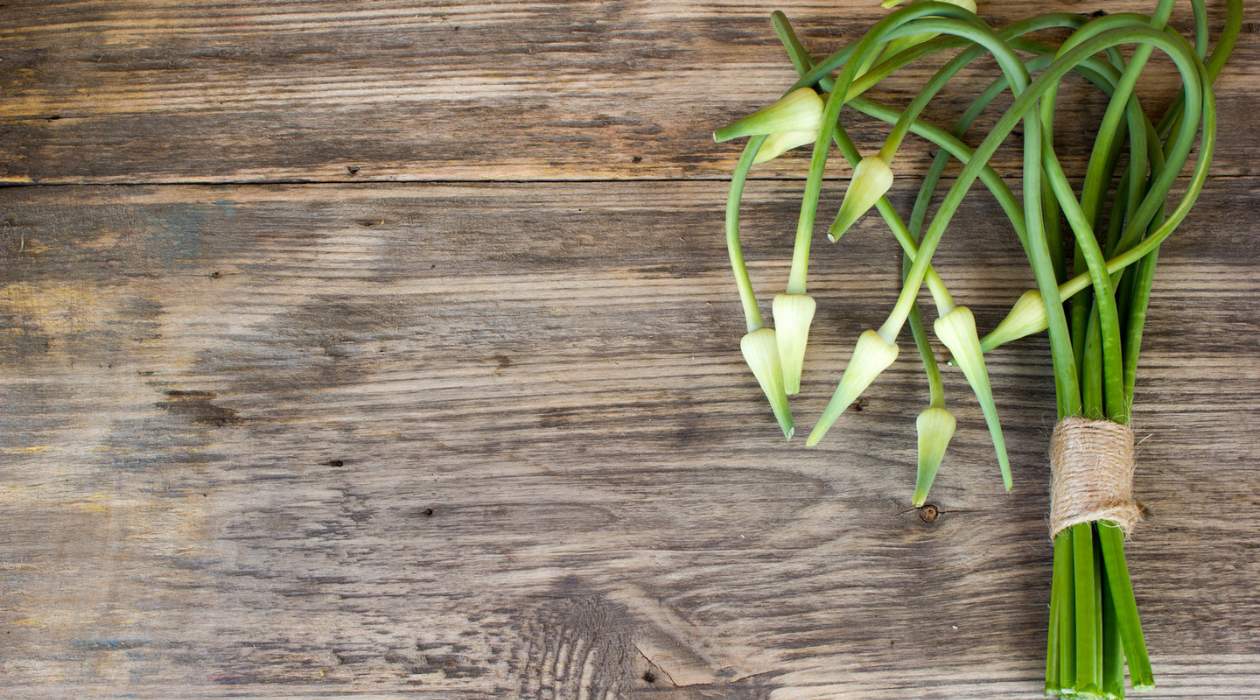




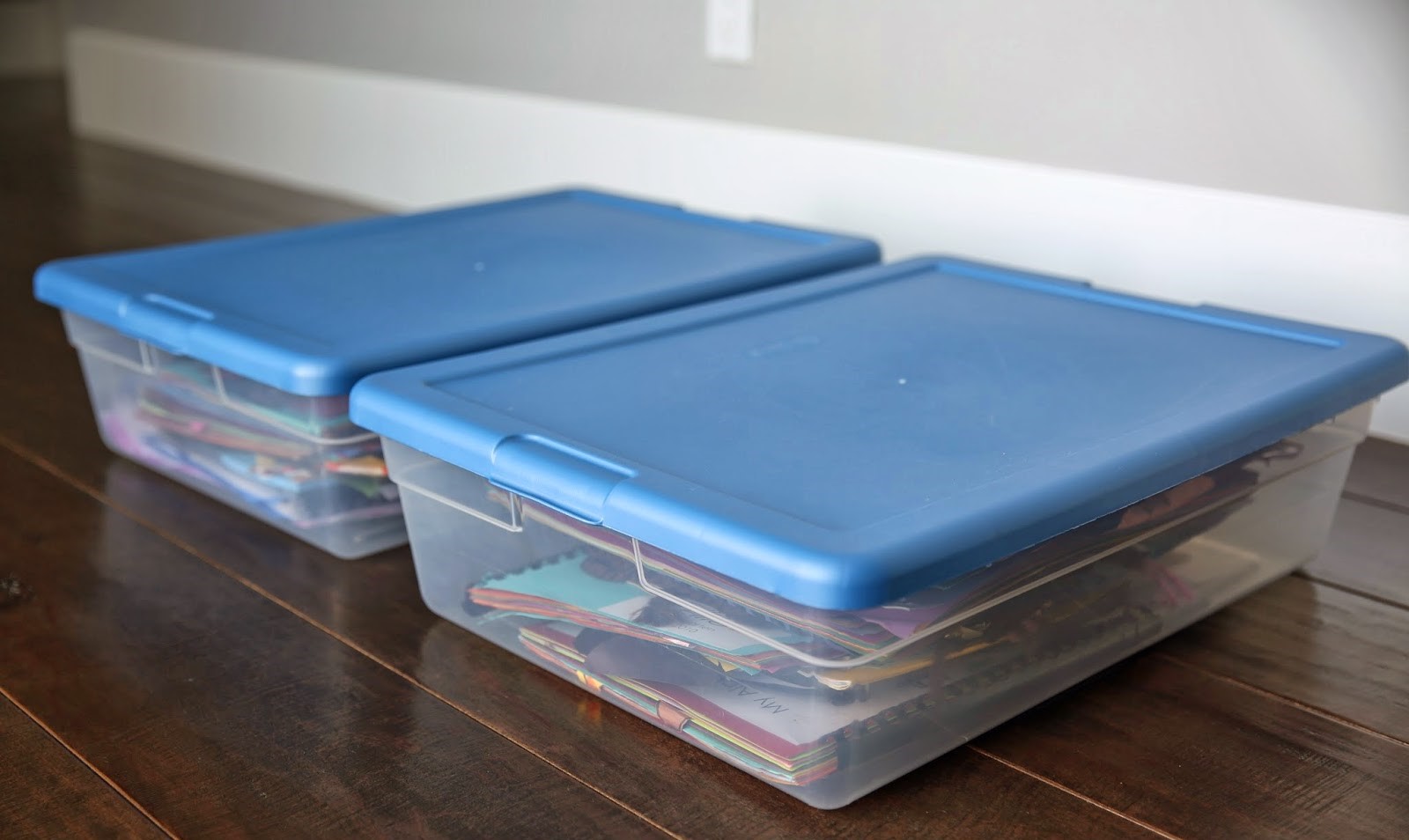
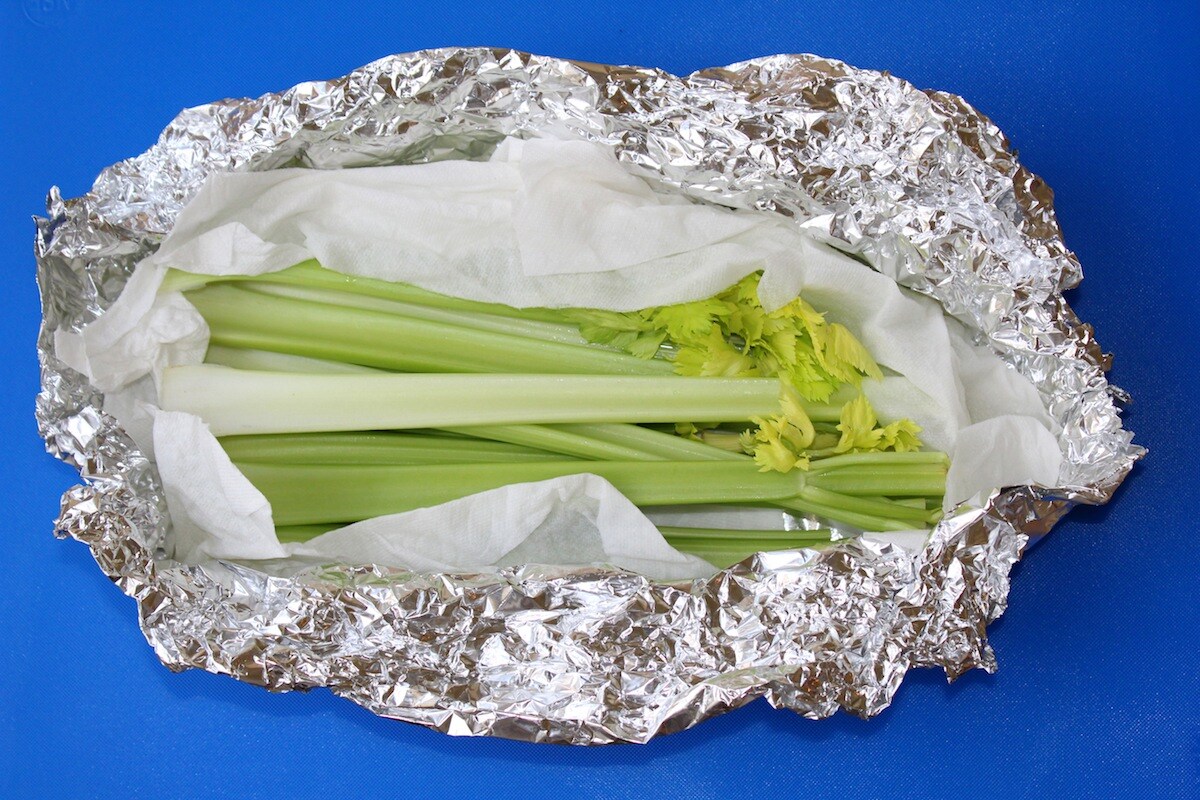
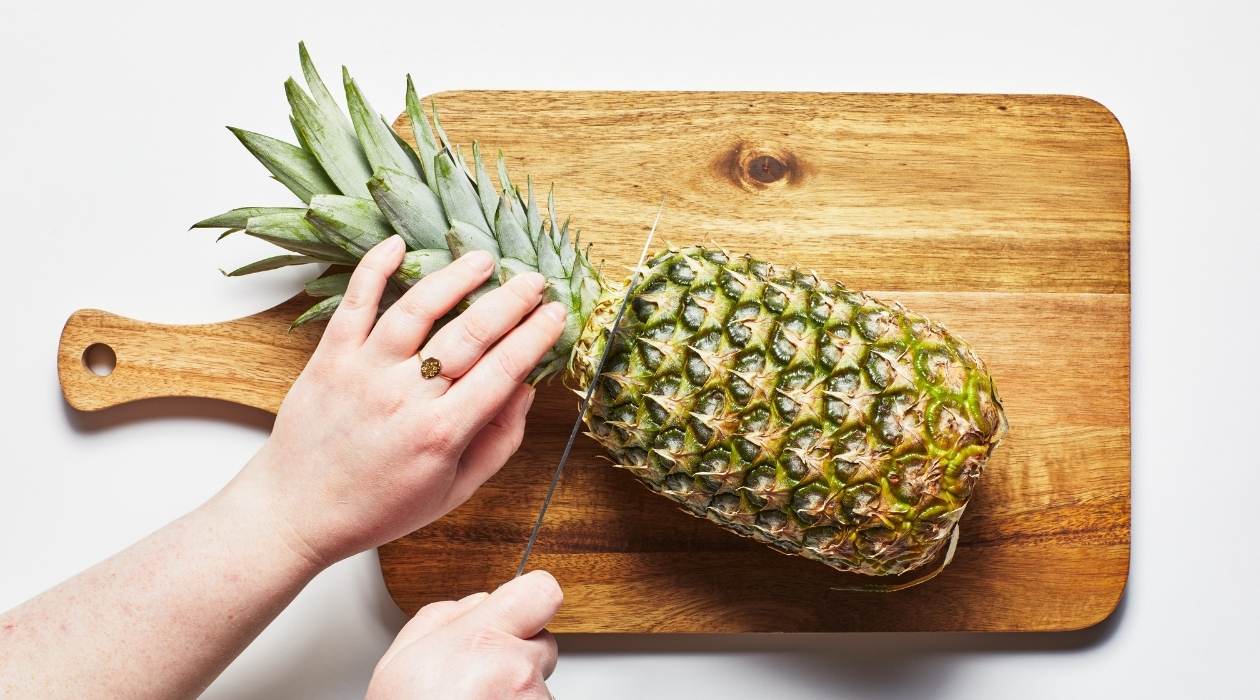
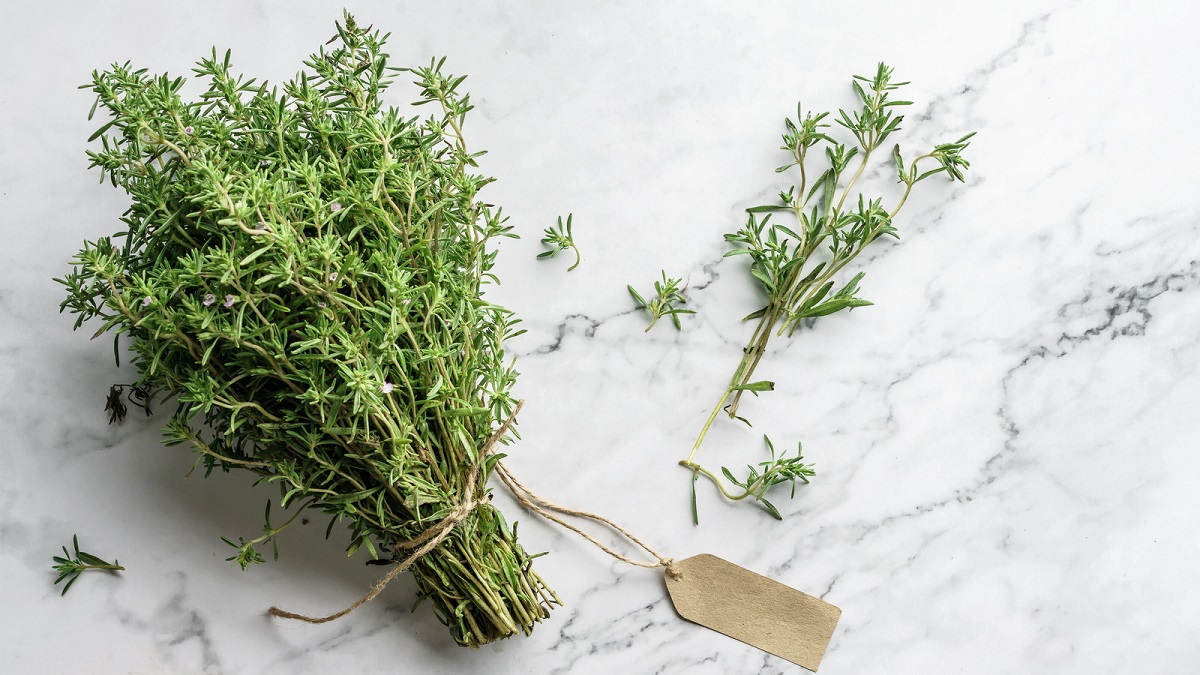
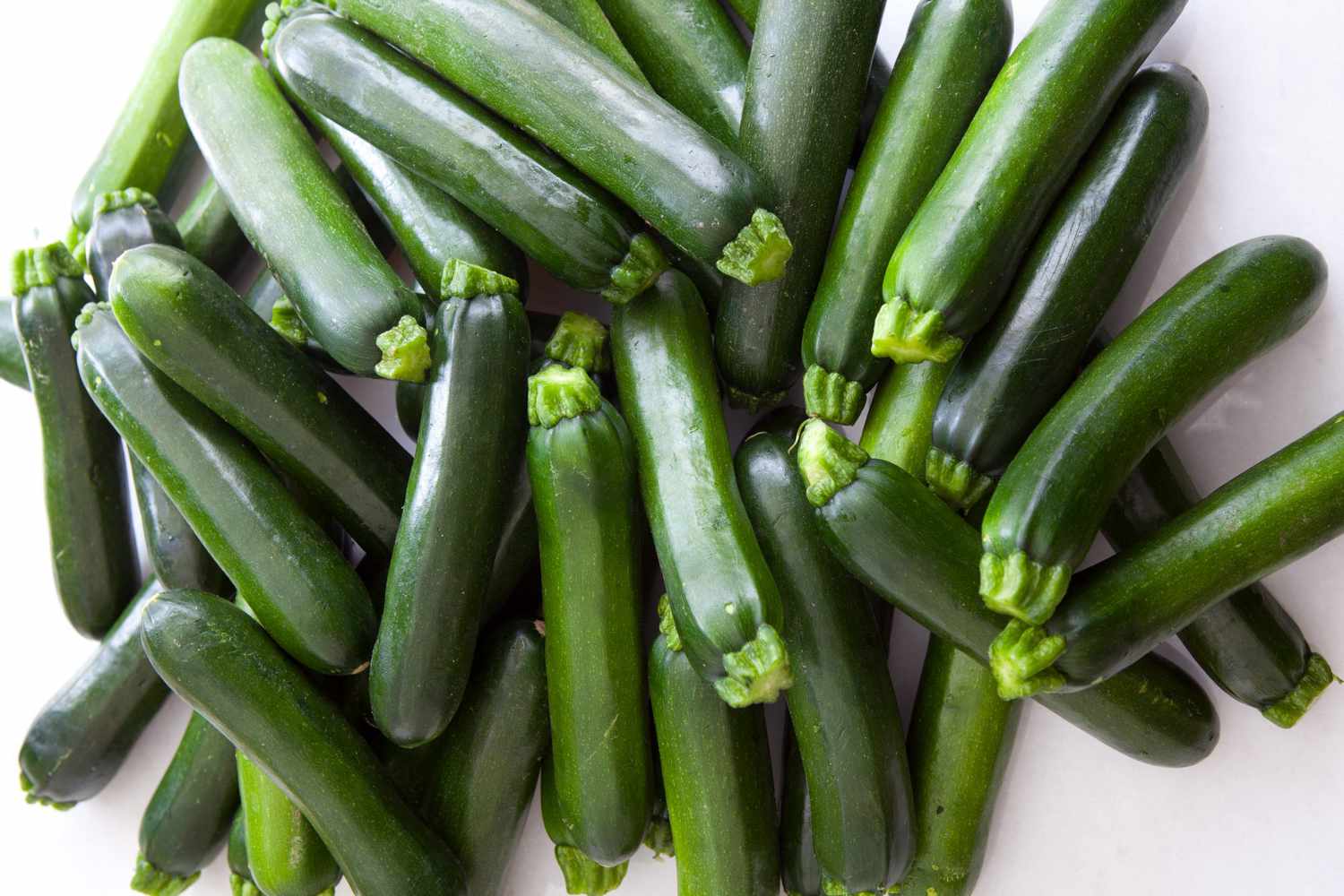
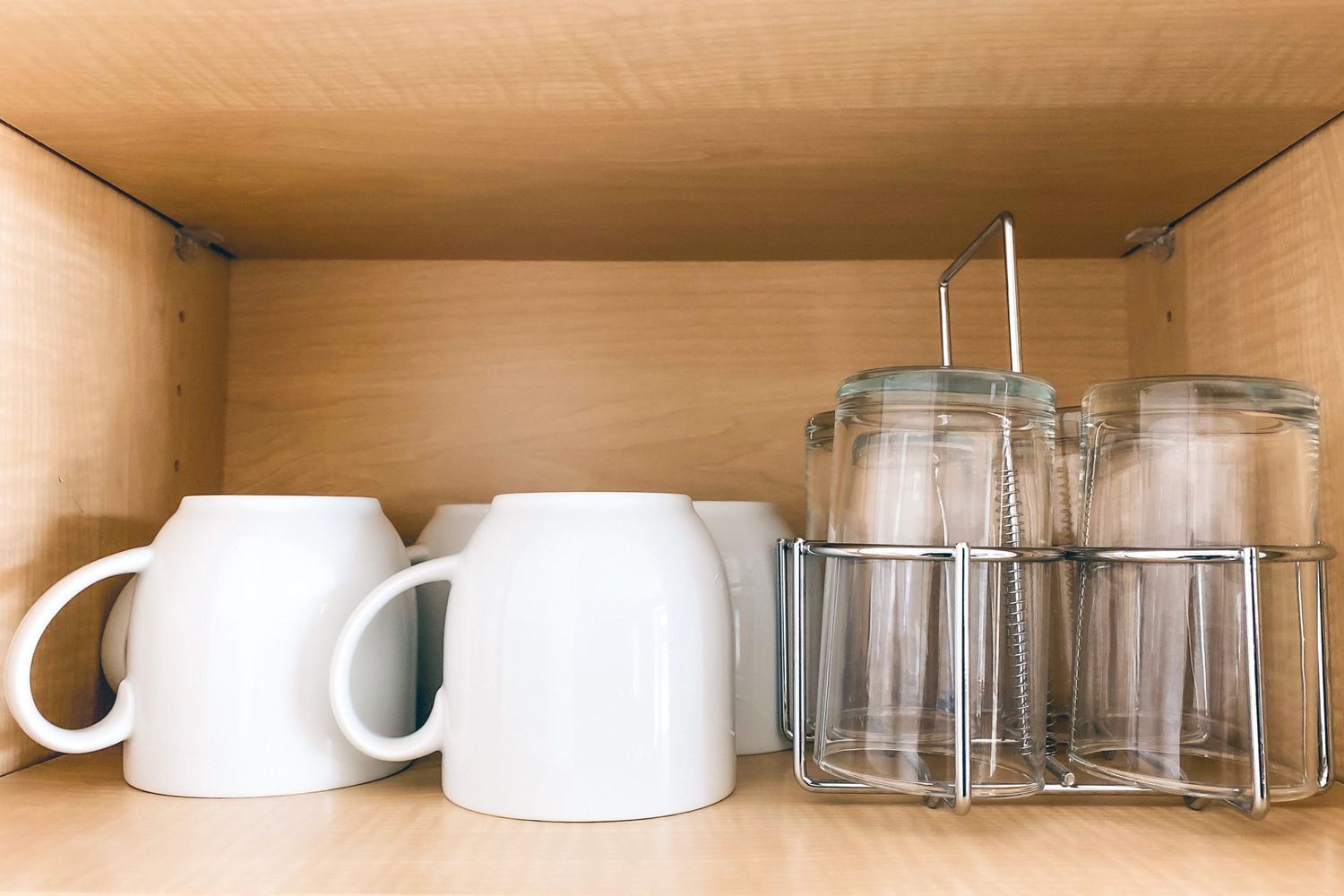

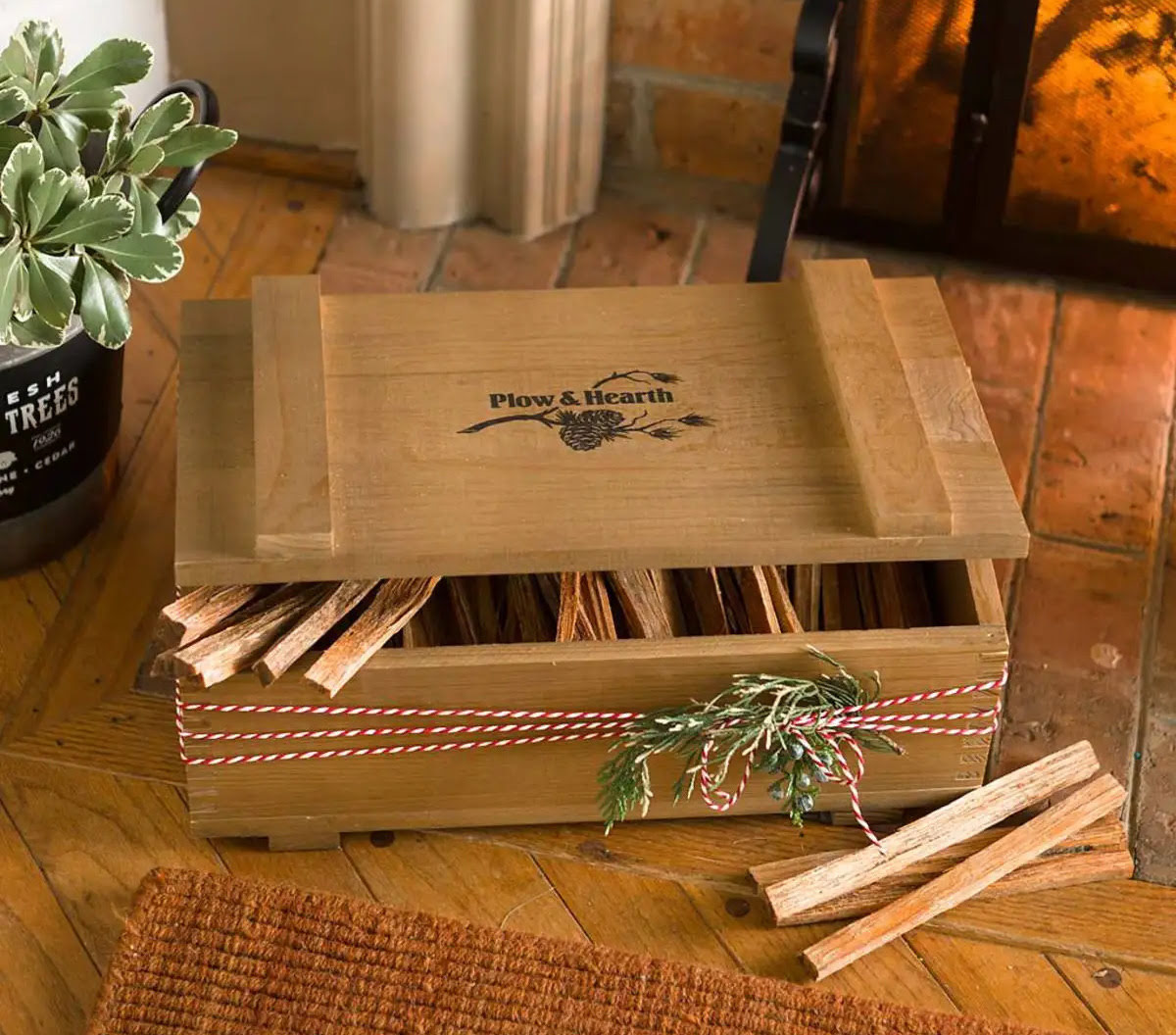


0 thoughts on “How To Store Scapes”